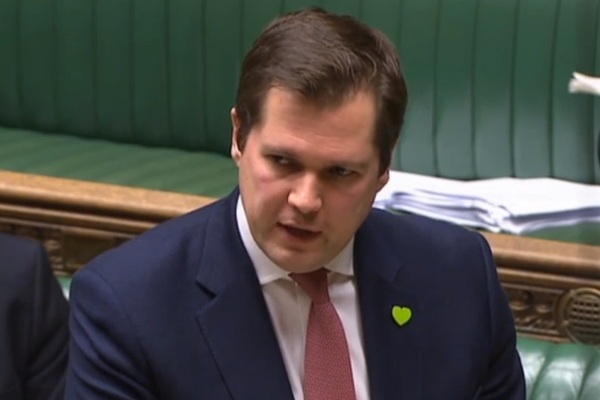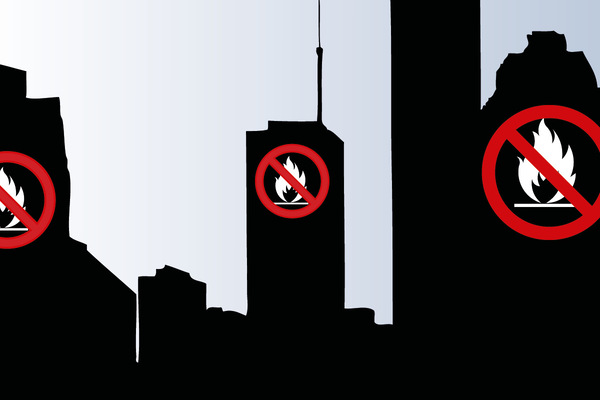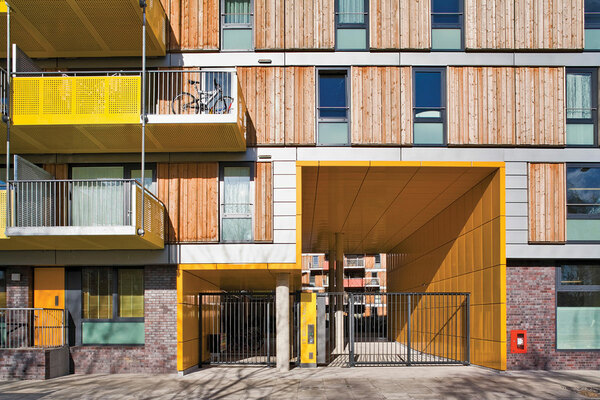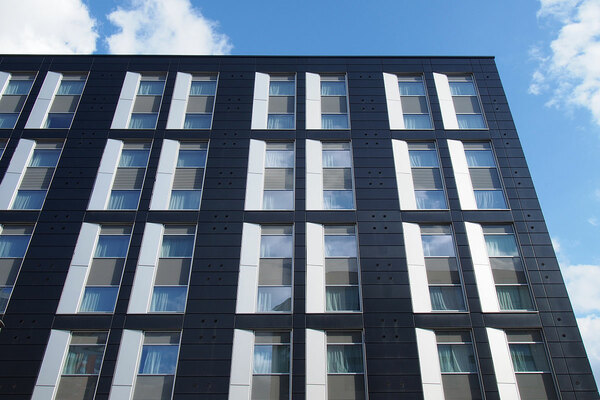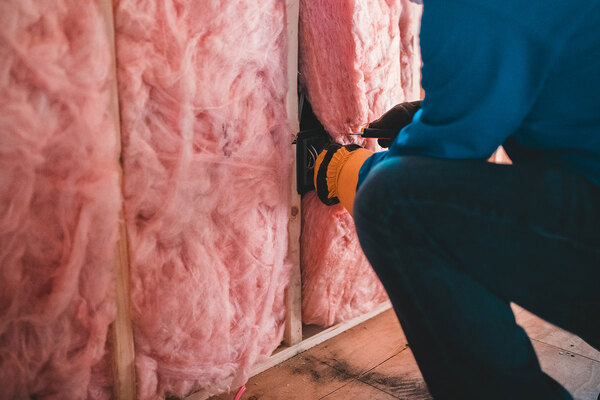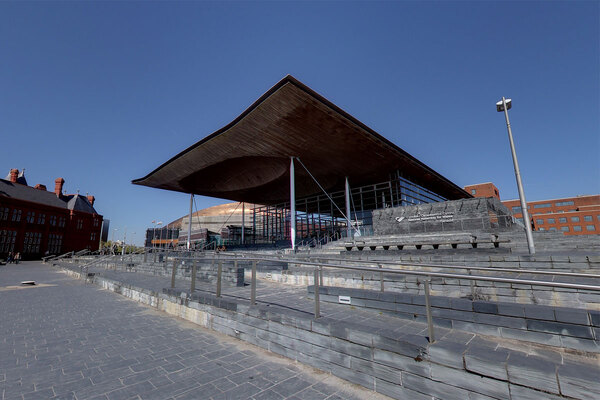
Charis Beverton, senior associate, Winckworth Sherwood
The fluctuating landscape on fire safety compliance is a real challenge for design teams
The government has announced two consultations on the future of building safety, but the lack of clarity is a difficulty for buildings being designed or refurbished now, writes Charis Beverton
On 20 January the government delivered a building safety update to the House of Commons and published a consolidated advice for owners of multi-storey, multi-occupied buildings.
The consolidated advice draws together the previous 22 advice notes and makes it clear that owners of buildings under 18m have equal responsibility to ensure those buildings are “safe”.
Alongside this publication, two consultations were published.
The first consultation seeks views on fire risks and risk prioritisation in existing buildings and innovative ideas on how to categorise buildings based on a broader understanding of risk.
The government’s view is recent fires have demonstrated that fire risks associated with external wall systems have not been sufficiently considered in buildings below 18 metres.
The government does, however, recognise that building owners have to prioritise their risk assessment and management. It is therefore seeking views on whether height is the appropriate “trigger threshold” or whether individual risk assessments should be used.
That consultation closed on Monday 17 February.
The second consultation seeks views on the recent proposed changes to requirements of the building regulations, which in effect ban the use of combustible materials for buildings above 18m.
The consultation seeks views on:
- Hotels, hostels, boarding houses etc
- Reducing the threshold to 11m (or lower)
- Banning metal composite materials with a polyethylene core for all buildings, regardless of height
- Whether solar shading products should be required to achieve class ‘A2-s1 d0’ or ‘A1’
- Whether retractable awnings at ground-storey level should be exempt
- Whether the current list of exemptions to the ban (eg cavity trays within two leaves of masonry) should be expanded or restricted. The current proposal, at least for cavity trays, is to pause the ban for 18 months to permit production of alternatives to catch up
The consultation closes on 13 April 2020.
The findings of the consultation will no doubt feed into the new legislation proposed for mid-2020. That includes the introduction of the building safety and fire safety bills.
The building safety bill is likely to be the place where the Dame Judith Hackitt’s recommendations will land, and is likely to introduce a new statutory regime and regulator that imposes serious (and potentially criminal) sanctions for those who fail to comply with its requirements.
The fire safety bill is set to “clarify” the existing requirements under the Regulatory Reform (Fire Safety) Order 2005, strengthen enforcement powers, and create new powers to be given to the new ‘building safety regulator’.
We anticipate legislation will be tabled within the next few months, along with other reforms to building regulations.
The fluctuating legislative landscape poses a real problem in relation to buildings over 18m which are under construction or being refurbished now, ie before the new legislation takes effect.
Our advice is to ensure, as far as practicable, that the works comply with the new or restated standards.
If that is not possible, building owners will need to work with their construction teams and building control to ensure the works can be signed off in a way that is acceptable to surveyors, purchasers, lenders and insurers – for example by in a fire engineering report that the risk is minimal. Failure to comply may mean that the units cannot be sold, charged or let.
“The fluctuating legislative landscape poses a real problem in relation to buildings over 18m which are under construction or being refurbished now, ie before the new legislation takes effect”
One way to demonstrate compliance is with an External Wall System 1 (EWS) form. The form is intended to record “in a consistent manner what assessment has been carried out for the external wall construction of residential apartment buildings where the highest floor is 18m or more above ground level, or where specific concerns exist”.
EWS provides a process to be followed in order to alleviate lender concerns.
The government advice does not say that EWS must be completed to demonstrate compliance, but it acknowledges the existence of the process. Nonetheless, some lenders are now insisting on receipt of an EWS form in order to lend against any unit in a tall building.
Others require not just an EWS form but a physical inspection and sign off by a fire engineer. This is proving difficult due to the limited numbers of fire engineers and the limited availability of professional indemnity insurance for this work.
Unless a pragmatic approach is taken by all sides or unless the government steps in with legislation or further advice notes, building owners and occupiers will continue to experience difficulty in progressing sales.
Charis Beverton, senior associate, Winckworth Sherwood
